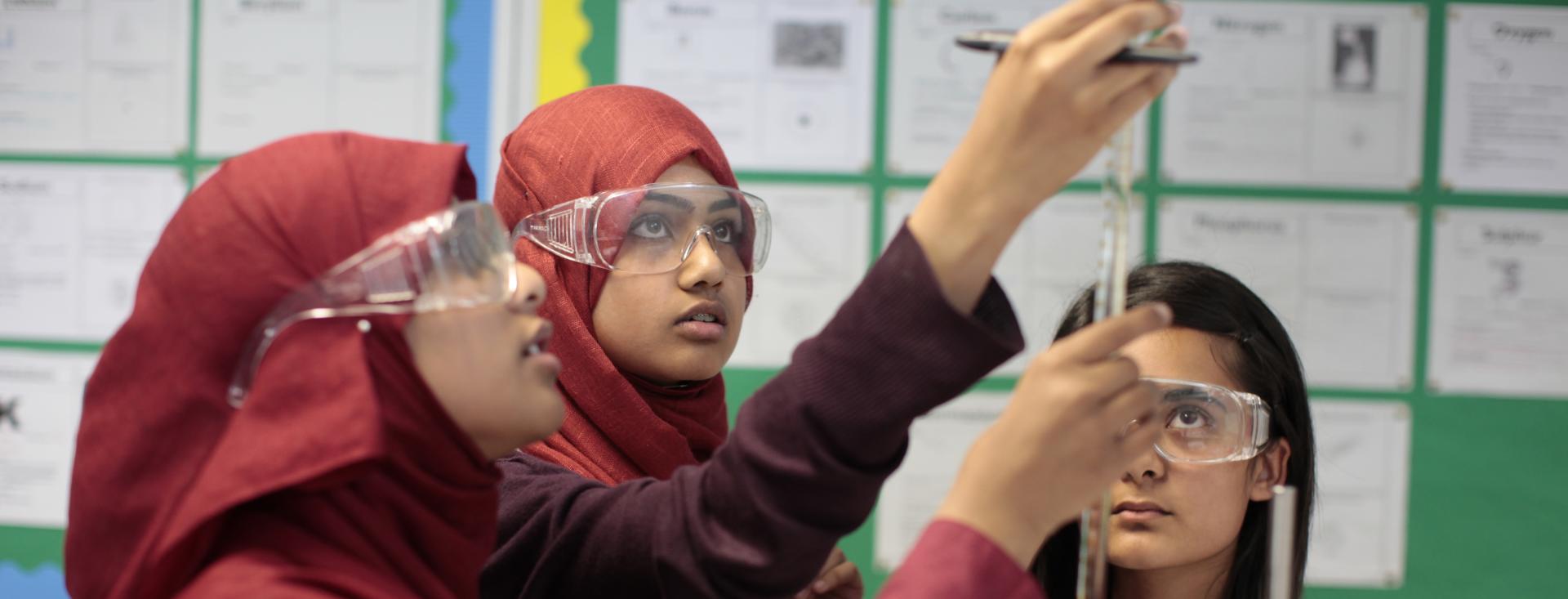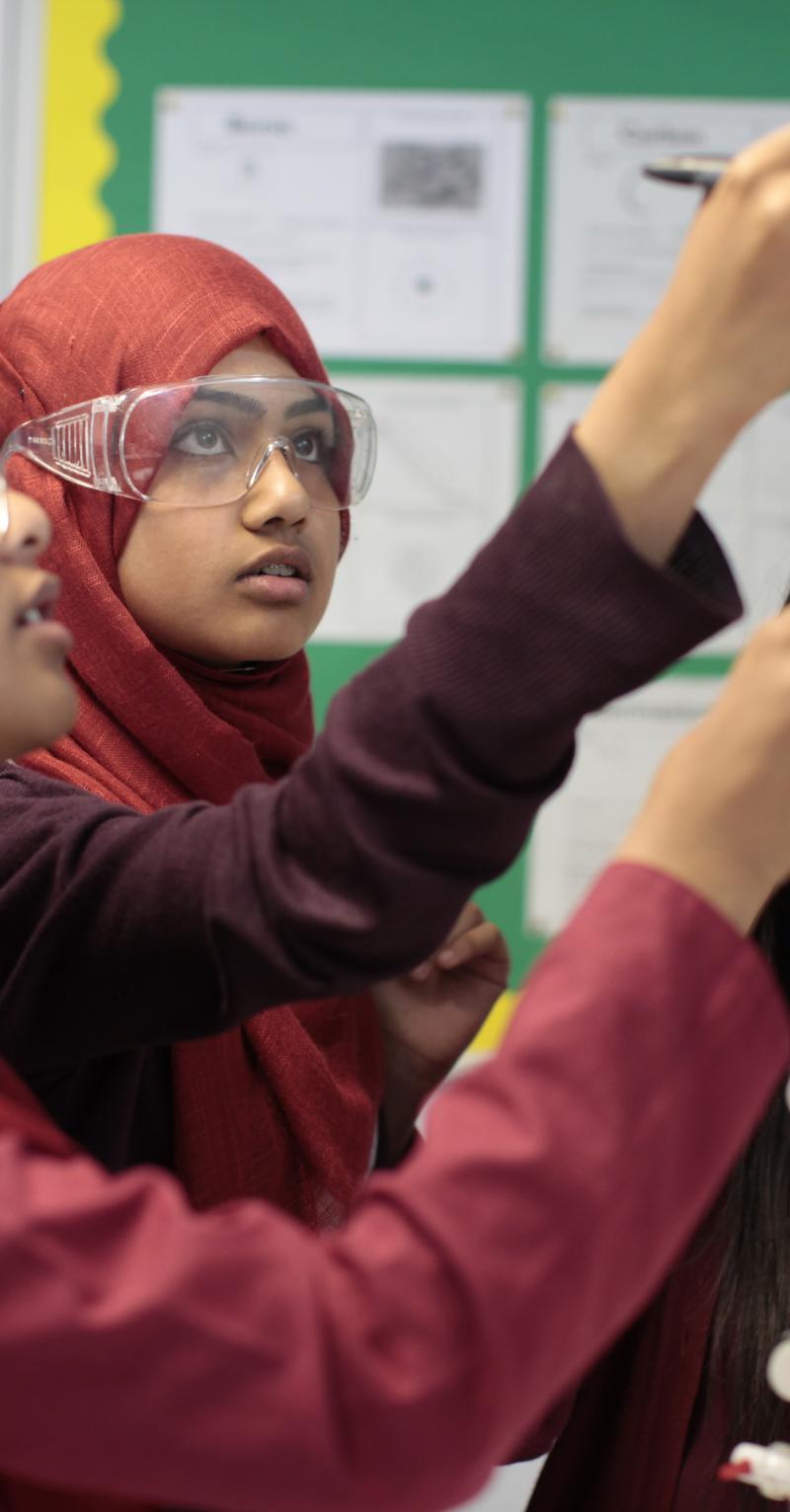Resources
Everyone has a role to play in supporting girls to become empowered, access education for better life outcomes, and thrive. Teach For All is committed to supporting the global network to identify and address the barriers that keep girls from learning and fulfilling their potential through our Girls’ Education initiative. Learn more about gender equity, the issues facing girls around the world, and more in this curated library of resources:
Girls' Education
Why Do Parents Invest in Girls’ Education? Evidence from Rural India
An article on girls in rural Rajasthan, India frequently dropping out early and marrying young. The researchers interviewed parents in a culturally sensitive manner and found that policies that help girls stay in school can prevent early marriage.
Girls' Education
Global Education Monitoring Report 2019: Gender Report - Building Bridges for Gender Equality
This report invites readers to explore all the factors that perpetuate gender inequalities in schools. It provides a study of national education plans and tools to enable governments to analyze the situation in their own countries.
Girls' Education
A Year to Clean Five Schools of Sexism – Shouldn’t Others do the Same?
An article on a pilot program run in five London primary schools by a nonprofit, Lifting Limits, that provides teachers with the skills and resources to recognize and correct gender bias and to support students in challenging gender inequalities.
Girls' Education
Think Women Aren’t Big Risk Takers? These Chinese Girls Buck the Stereotype
An article that explores gender differences in risk-taking behaviors and highlights a study examining how families and peers influence children within matrilineal and patriarchal cultures.
Girls' Education
Mind the Gap: 5 Facts About the Gender Gap in Education
A deep dive into the Barro-Lee Educational Attainment Data to examine gender gaps in education and determine where more focus should be given in research, policy, and programmatic efforts to address gender inequality.


